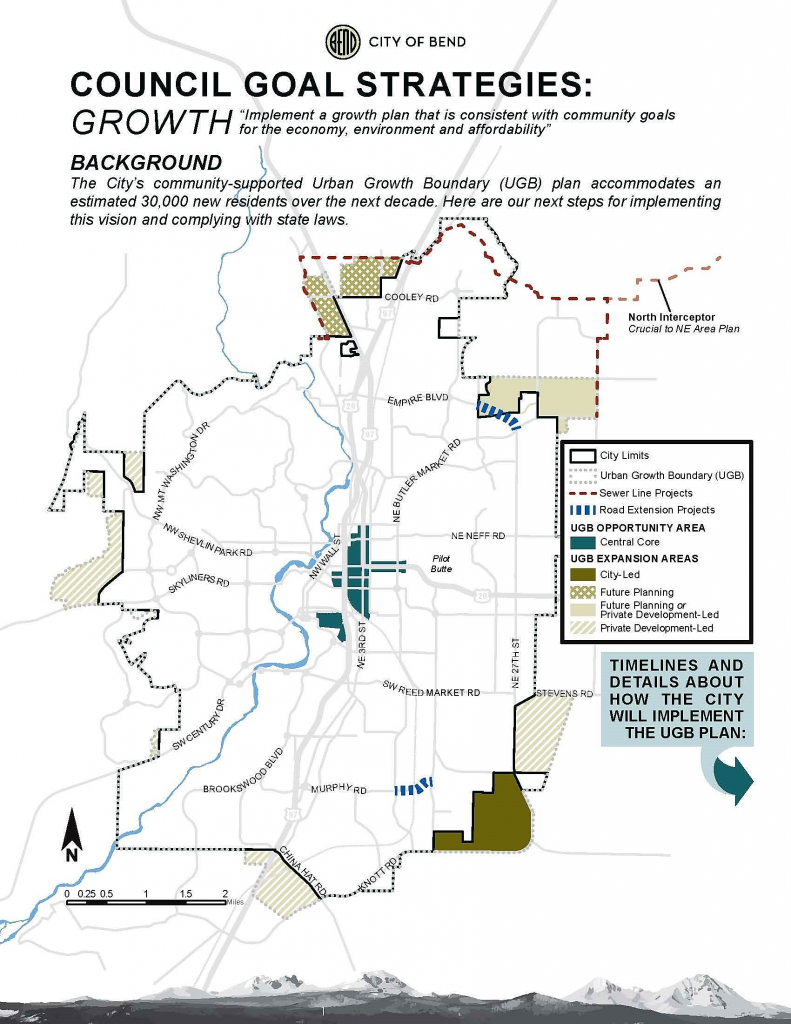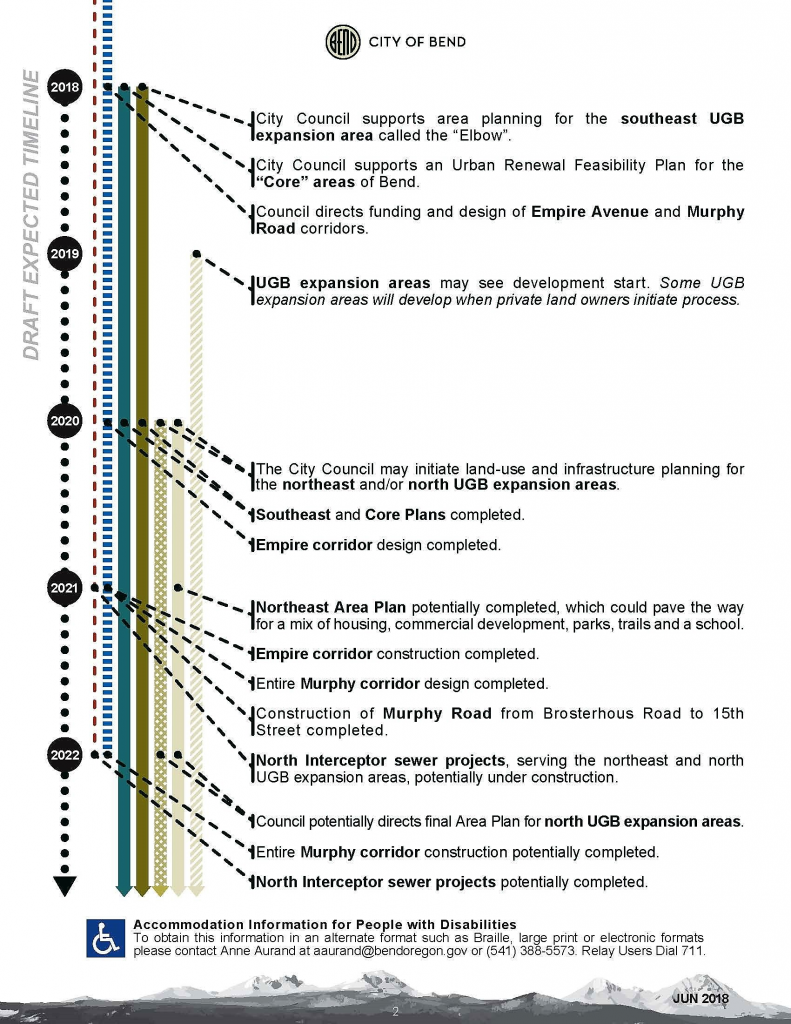Central Oregon’s growth is centered in Bend
Oregon’s recovery from the Great Recession of 2008 – 2010 has been predictably uneven. Statewide population density variations with local business emphasis and economic diversity in industrial productivity shows in recovery contrasts in urban vs rural areas. Central Oregon, especially in Bend, seemed poised for growth as the recession hit. That appears to have been true.
OPB’s Amanda Peacher reported in November, 2017:
“Economic growth in Deschutes County is not only outpacing most other Oregon cities, it’s seeing some of the biggest gains in the nation.
That’s according to economists who presented the annual economic forecast sponsored by the local Chamber of Commerce in Bend on Wednesday.
Deschutes County’s gross domestic product grew by more than 8 percent in the last year. Recent figures show the national average increase for GDP was around 3 percent.
“Which is phenomenal growth,” said state economist Damon Runberg. “We tied for the fastest growth of all metro areas in the United States.”
Bend tied with a Louisiana community going through an oil boom. Runberg said central Oregon’s growth is more diversified — with sectors from housing and financial to manufacturing and technology all expanding. Tourism also contributed to growth in the region.”
The September 2018 Economic Forecast from the Governor’s office is favorable to the Bend area. Following is a brief excerpt from that 67-page report.
– Greg Henderson, Publisher

“While economic growth continues and nearly all leading indicators flash green, the shape of the business cycle may be coming into focus. Specifically, economists are becoming more comfortable talking about plausible recession scenarios given the expected path of federal policy. To be clear, the flow of economic data remains healthy, and the risks to the near-term outlook are balanced, if not tilted toward the upside.
However, potential danger lurks around the corner with many forecasters pointing at the confluence of events beginning in 2020. At this time, federal fiscal policy will be a drag on economic growth and monetary policy is expected to have transitioned from accommodative, to neutral, and potentially even restrictive. Should this fully come to pass, a recession is likely to follow. However, this outcome is not a foregone conclusion. Rather, for really the first time this cycle, it is a reasonable, and clear scenario for how this expansion ends. Even so, between now and then, economic growth is expected to be at or above potential.
Here in Oregon, the economy follows the U.S. business cycle overall, albeit with more volatility. The good news is job gains are enough to match population growth and absorb the workers coming back into the labor market. Wages are rising faster than in the typical state, as are household incomes. That said, growth is slower today than a few years ago. The regional economy continues to transition down to more sustainable rates. Ongoing improvements in these deeper measures of economic well-being are also expected to continue.” [Page 2 – Economic Summary excerpt.]
“…What does stand out across the Northwest is that all of the region’s urban areas are currently at historic highs for employment. Tri-Cities leads the pack, due to both the lack of a recession as the region was awarded significant funds as part of the ARRA to aid with the nuclear waste clean-up efforts, and in part due to strong underlying growth trends. Bend, however, is close behind. Bend, one of the worst housing bust metros across the nation, experienced the largest employment losses across the Northwest, however it has also experienced the strongest growth since the downturn. Furthermore, while Eugene and Grants Pass may rank at the bottom of the Northwest metros that is largely about how far they fell in recession. Growth since the bottom is significantly faster in both Eugene and Grants Pass than a handful of the more stable metro areas…”[page 20 – paragraph #3]




Advertisement